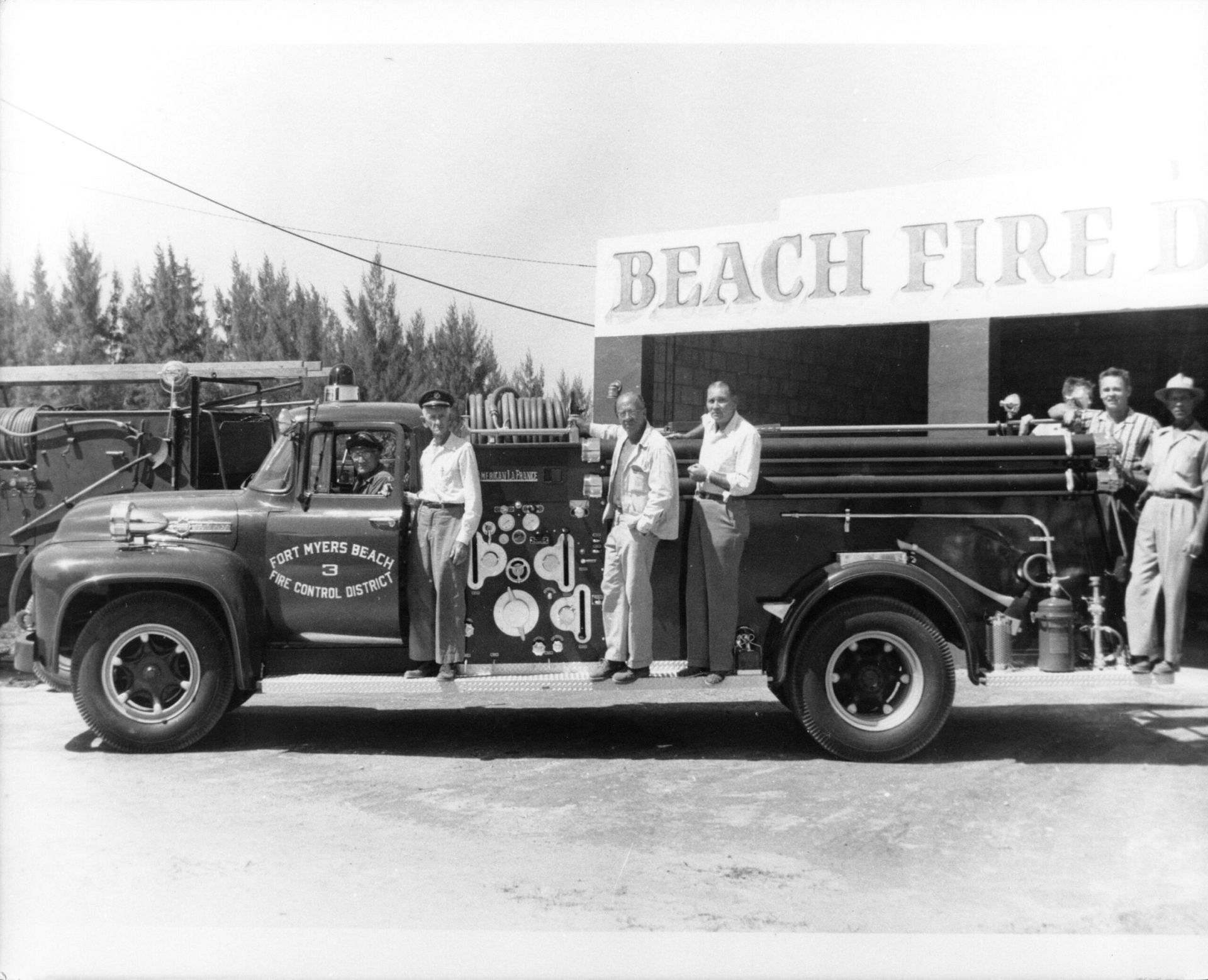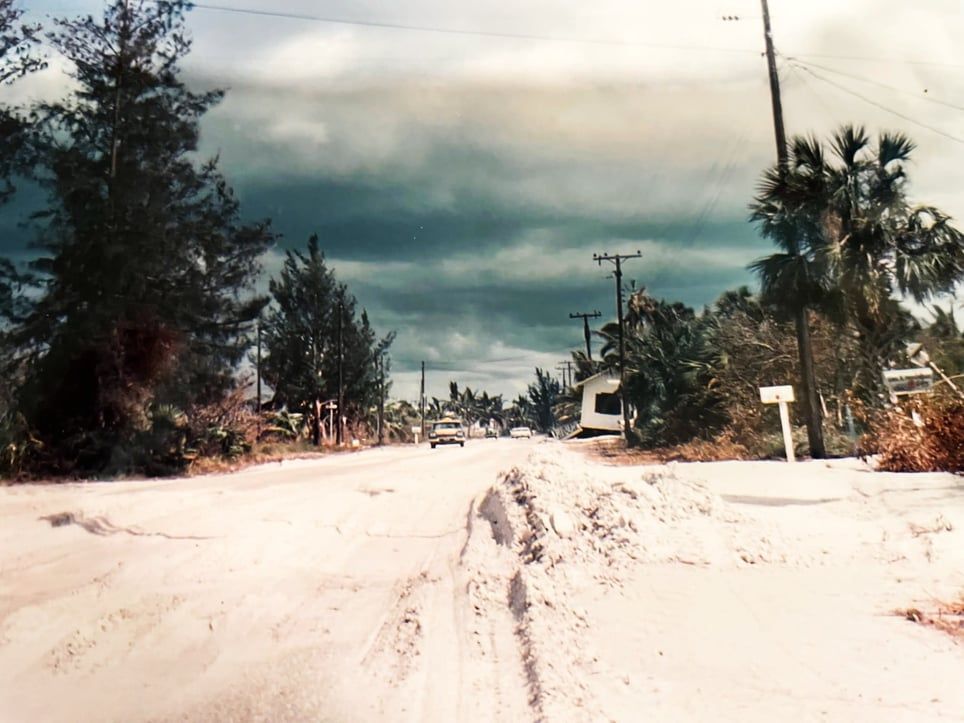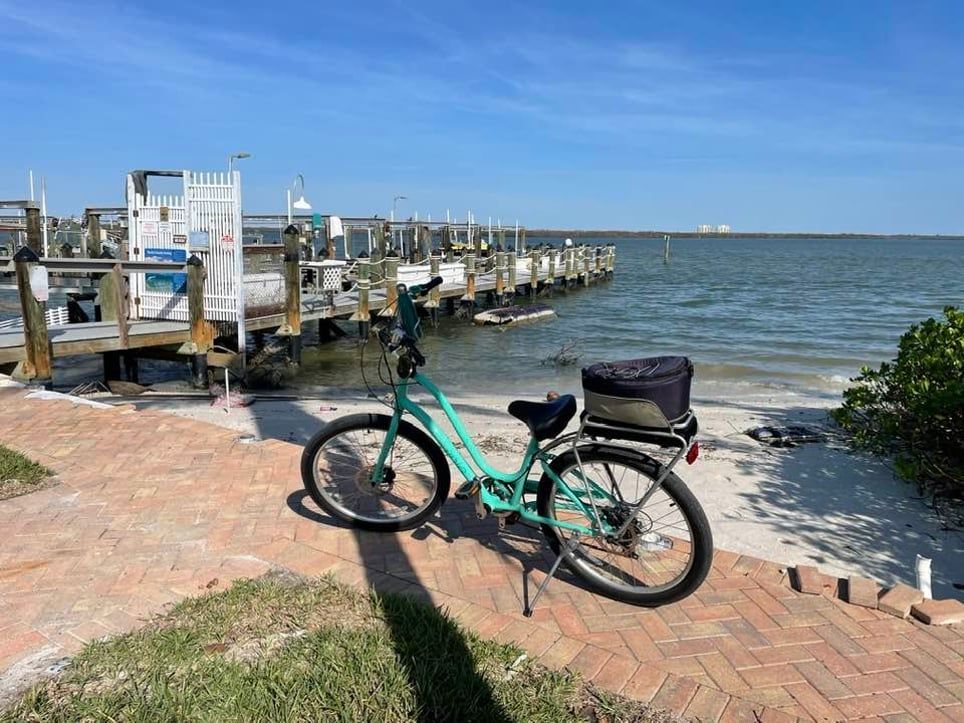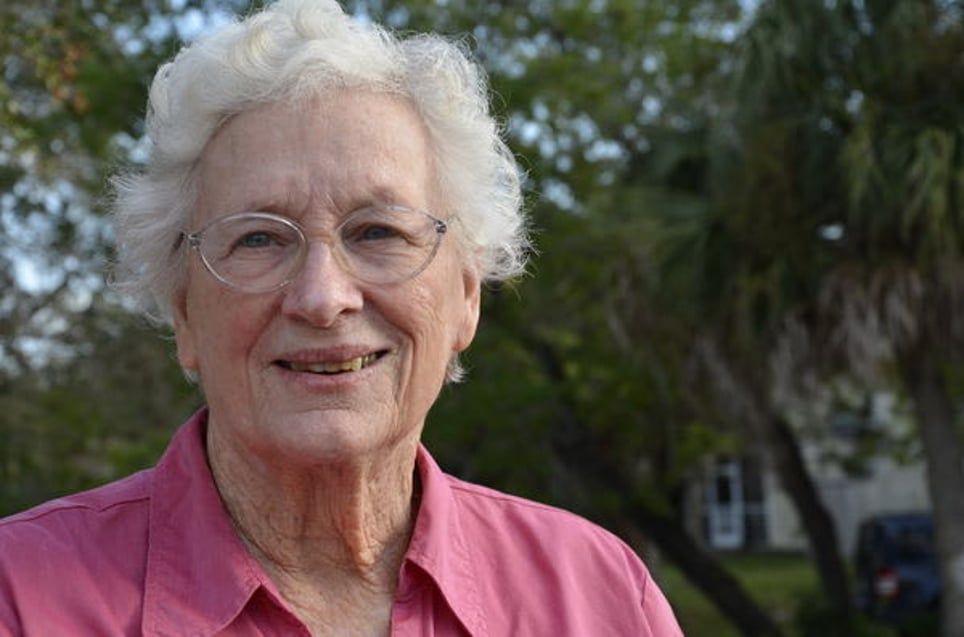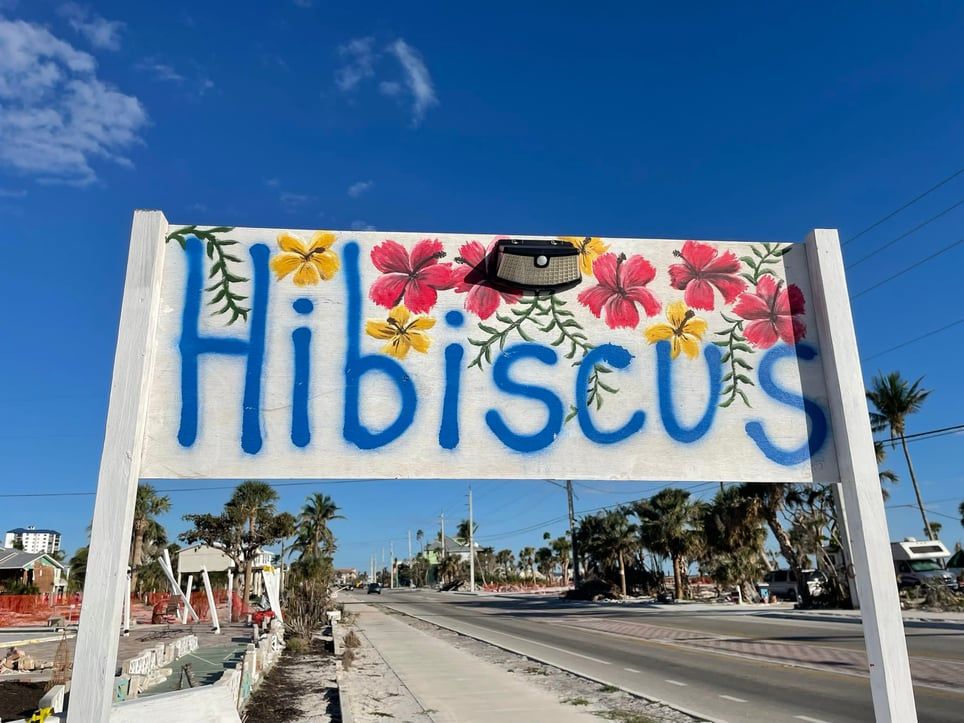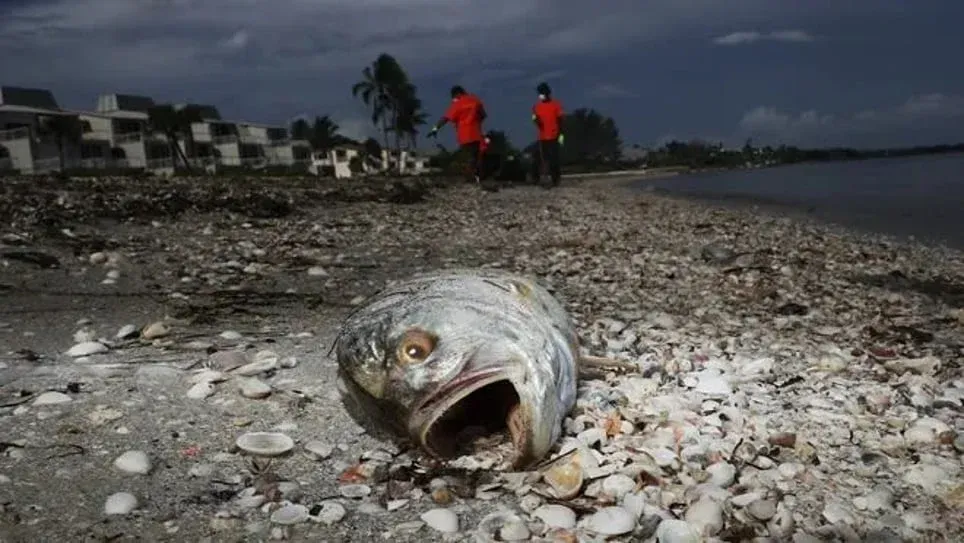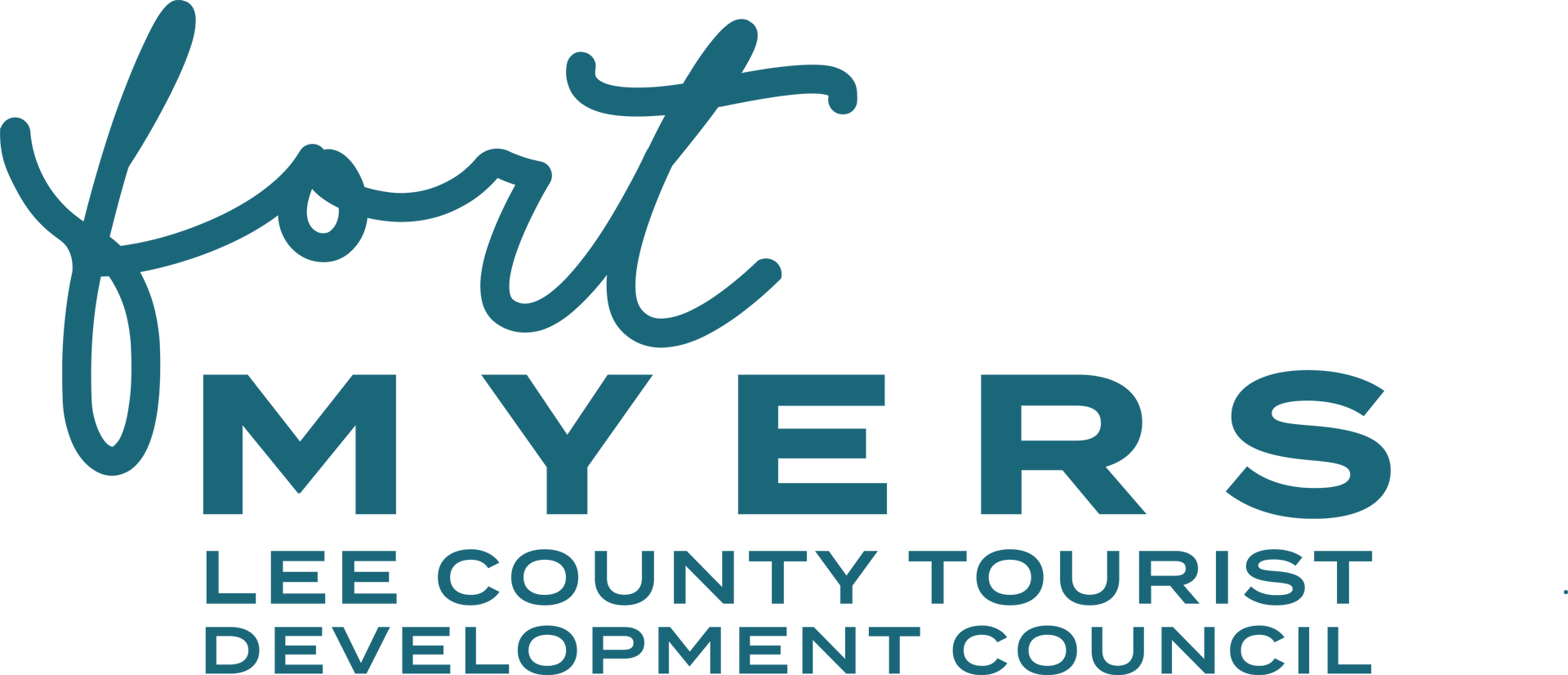The Estero Island Historic Society cottage is open to visitors on Saturdays from 10 a.m. to noon, October through May.
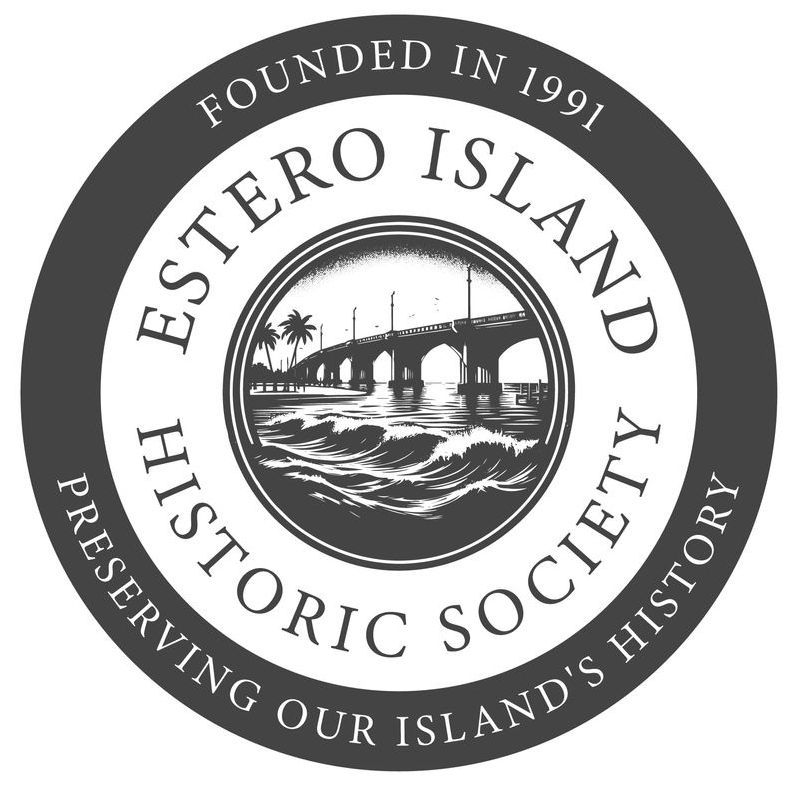
History Corner: Early Days On FMB
History Corner: Early Days On FMB
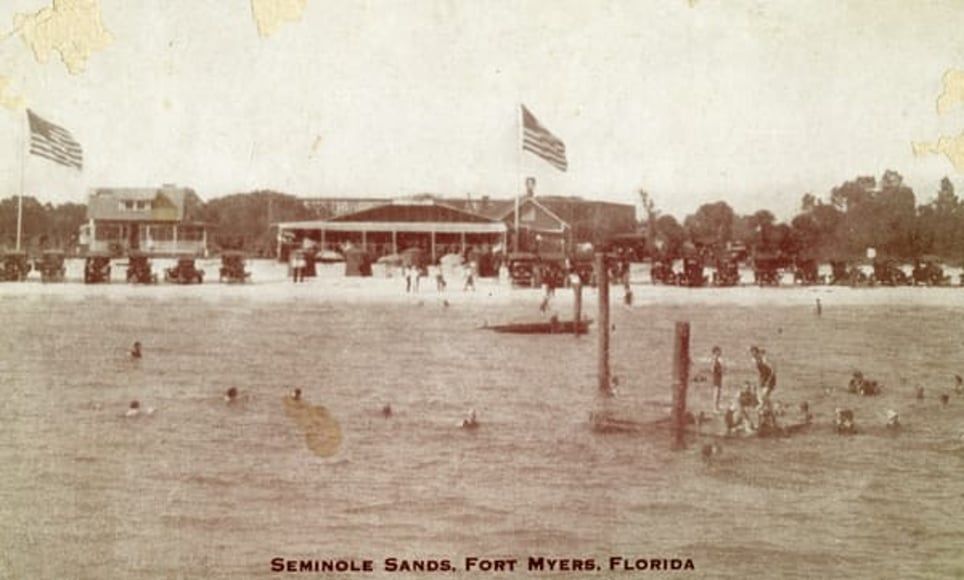
Ellie Bunting
Ellie enjoys sharing her knowledge of local history with others. She has been on the Board of the Estero Island Historical Society for twenty years. In addition, she has been working with her husband, Bob, in real estate for the past three years and has an extensive knowledge of the local market.
Early Subdivisions and Developments 1900-1920 Tarpon Fever
Tarpon are one of the most sought after game fish.
In 1885, the first tarpon caught on a rod and reel put Punta Rassa and the surrounding islands on the map as a fishing paradise. Prior to that, fishermen would use hand lines with mullet for bait to catch tarpon. Fisherman on the island quickly realized they could make extra money as charter captains catering to the tourists who were flocking to the island in search of the elusive tarpon.
H.C. Case
The early part of the 20th century brought more development as subdivisions were platted on Fort Myers Beach. H.C. Case platted the first of these subdivisions in 1911. Originally this was part of the Robert Gilbert homestead. Starting at Connecticut Street, the subdivision extended about three quarters of a mile both north and south.
At this time Estero Boulevard was called Eucalyptus Avenue. This was a north-south shell road that ended at Connecticut. If you wanted to travel farther south, you would need to continue your journey on the beach.
T.P. Hill
Another five years passed before T.P. Hill subdivided a large tract starting at Crescent Street and ending just south of Gulf Drive. The lots that were on the beach side of Estero were normal sized lots. However, the lots on the other side of the road were approximately 9-10 acres running from the street to the bay.
Land on the island in the 1900s was filled with brush and palmettos that were so thick no engineer would agree to complete an accurate survey because wading through the mangroves to accurately measure an acre of “cheap land” did not seem like a good idea.
Three years later, Seagrape Subdivision was put on the market. These lots were located on Mango and Avocado streets in 1919 (Avocado Street was renamed Chapel Street in 1952).
Post card advertising the Seminole Casino that was opened at the end of Connecticut Street in the 1920s.
That same year Captain Jack DeLysle arrived in Fort Myers and saw the potential in making Estero Island a tourist hot spot. DeLysle was in the British Army during World War I who arrived in the United States sometime in 1920. DeLysle opened the Seminole Sands Casino and dance pavilion on the beach at Connecticut Street. The land boom of the 1920s had begun.

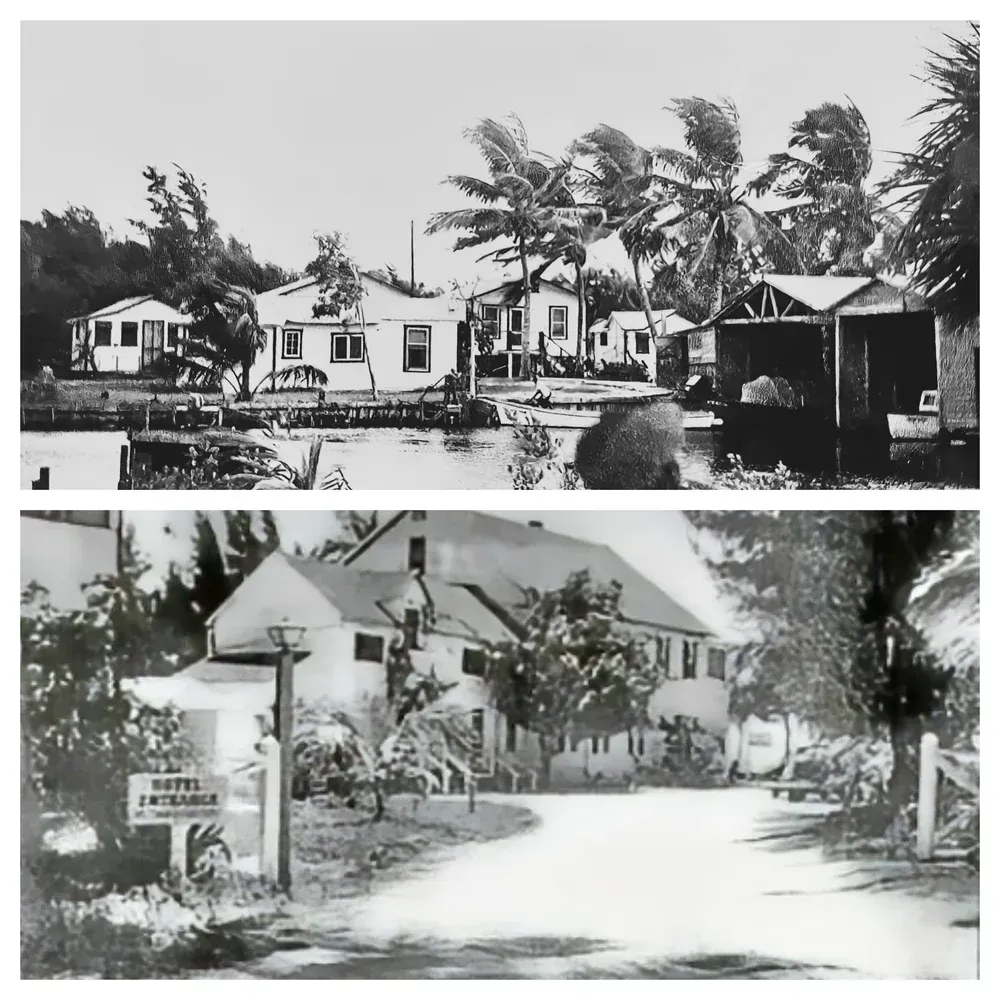
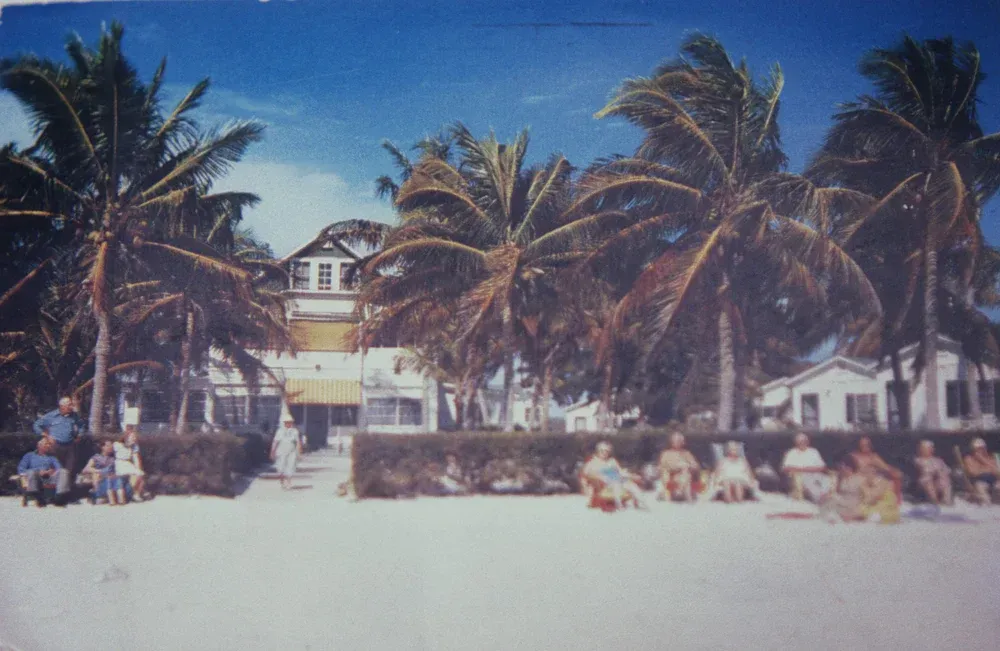
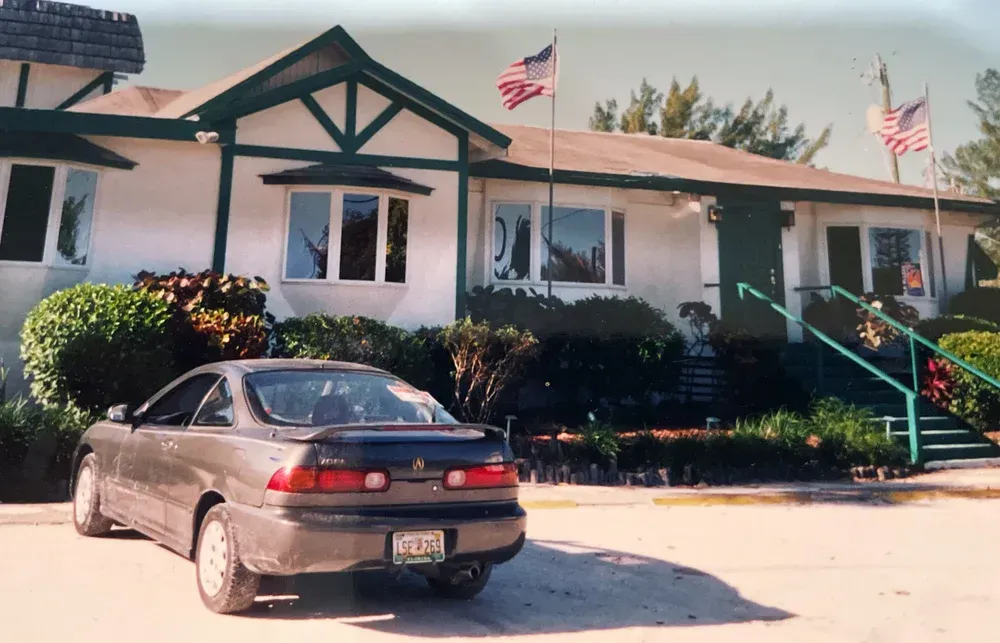
Your Voice Matters: Reach Out and Connect
At the heart of our mission is you—our community. Have something to share, a question to ask, or an idea to discuss? Want to update your contact information? This is your space to be heard. Drop us a line using the form below, and let's embark on a dialogue that shapes our shared journey. Your thoughts drive us forward!
Contact Us
We will get back to you as soon as possible.
Please try again later.
